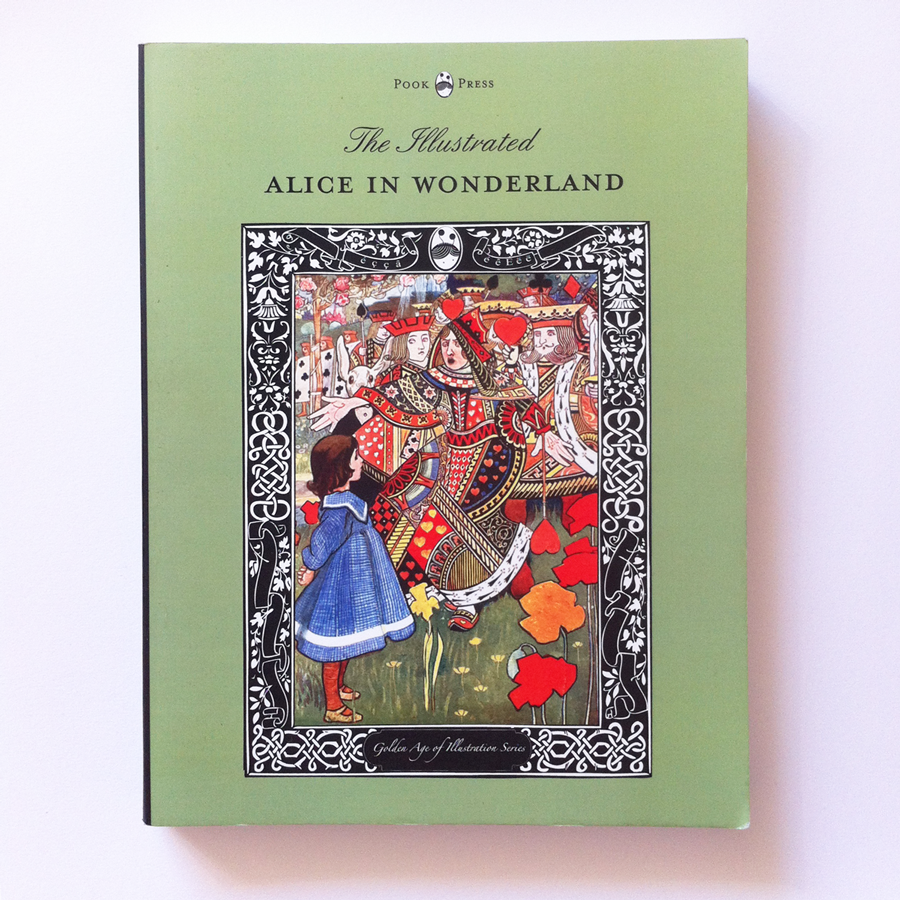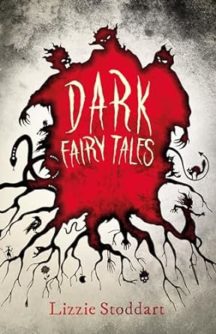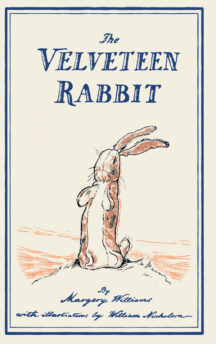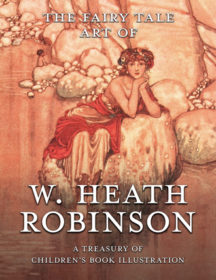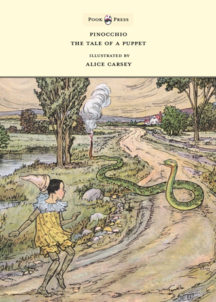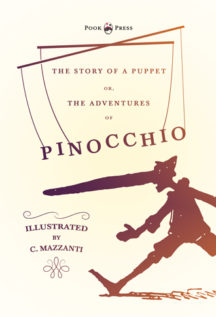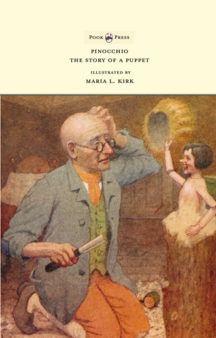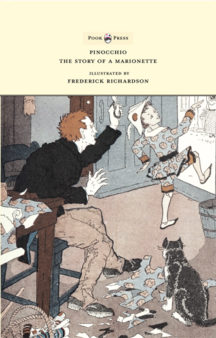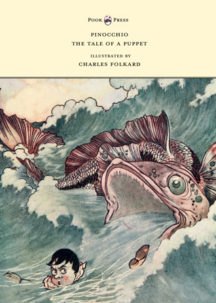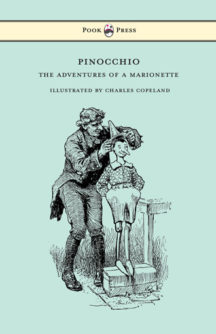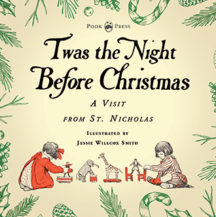Illustrators of Alice’s Wonderland
Illustrators of Alice’s Wonderland: The Illustrated Alice in Wonderland – The Golden Age of Illustration Series
The ‘Illustrated Alice in Wonderland’ presents work from the masters of the ‘Golden Age of Illustration’, including Arthur Rackham, Gwynedd M. Hudson, John Tenniel, W. Heath Robinson, and Milo Winter. The sheer variety of artistic responses to Charles Dodgson’s story is truly fascinating; attesting to the skill of the author, and the pleasure the tale has brought to its readers. Here we present a selection of illustrations from the treasure trove of this book; from character to character, scene to scene, there is always something new to discover.
Alice in Wonderland has been drawn by such illustrious names as Harry Rountree, Arthur Rackham, Mabel Lucie Attwell, Salvador Dali and many, many others. The book was originally published in a period which witnessed an unprecedented upsurge in the quality of illustrated works, marking an astounding change in the way that publishers, artists and the general public came to view this hitherto insufficiently esteemed art form.
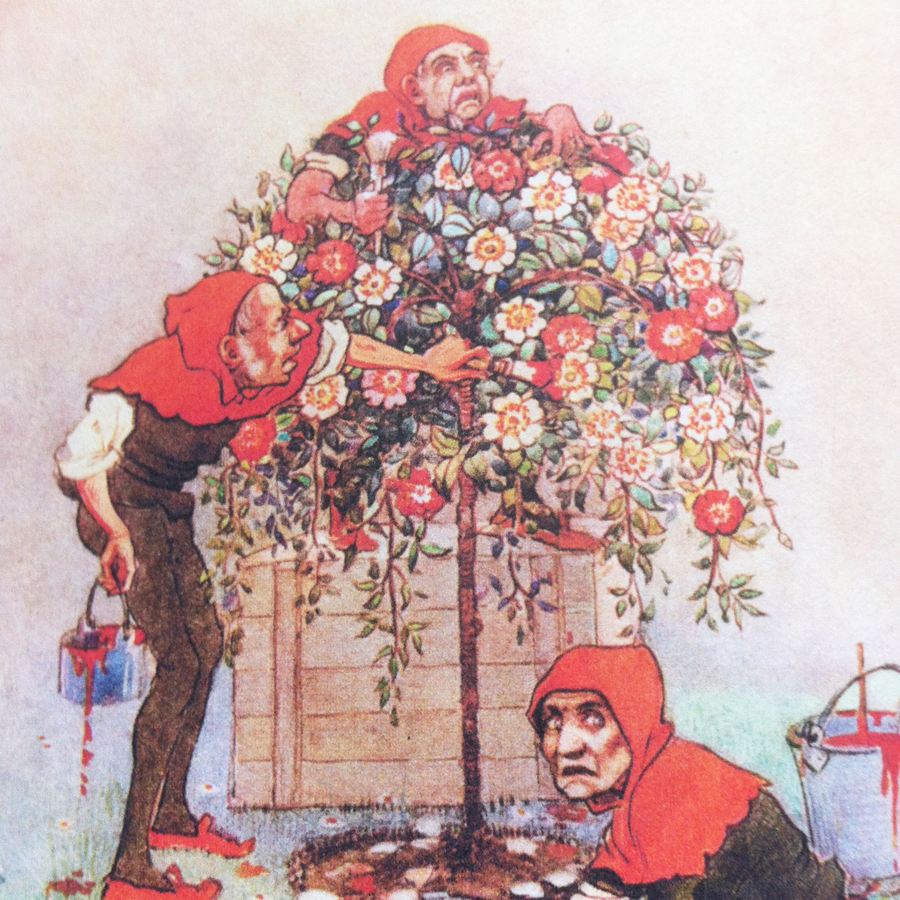
The roses were white, but there were three gardeners busily painting them red. Illustration by Gwynedd M. Hudson. Alice’s Adventures in Wonderland.
This era, customarily defined as lasting from the latter quarter of the nineteenth century until just after the First World War has become known as the ‘Golden age of Illustration.’ Yet it was only after the British copyright expired in 1907 that the Alice in Wonderland was adopted by illustrators on a large scale; in that year alone twelve editions were published, with the current total in the hundreds. Notably, there had been a few pirate editions published in the US before this date; the version by Blanche McManus (1896) being the most famous.
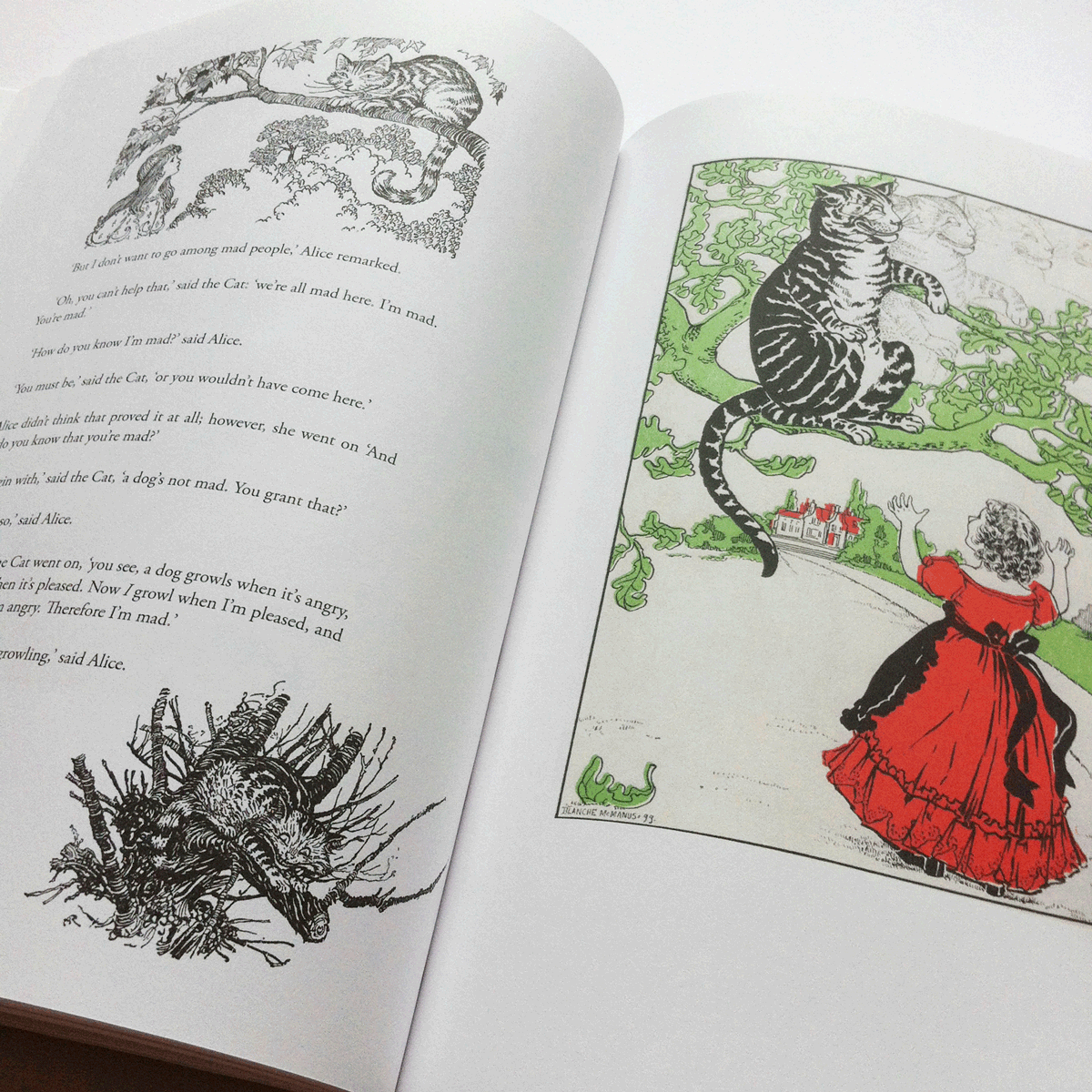
The cat vanished quite slowly, beginning with the end of the tail and ending with the grin. Illustration by Blanche McManus. Alice’s Adventures in Wonderland.
Her drawings, described as ‘pleasant but undistinguished’ elicited no comments from Dodgson however. Post 1907, Millicent Sowerby and Thomas Maybank were some of the first British artists to tackle Alice’s world, both of whom produced a series of pretty and endearing images, but it was Arthur Rackham’s more mature and considered illustrations which really set the standard.
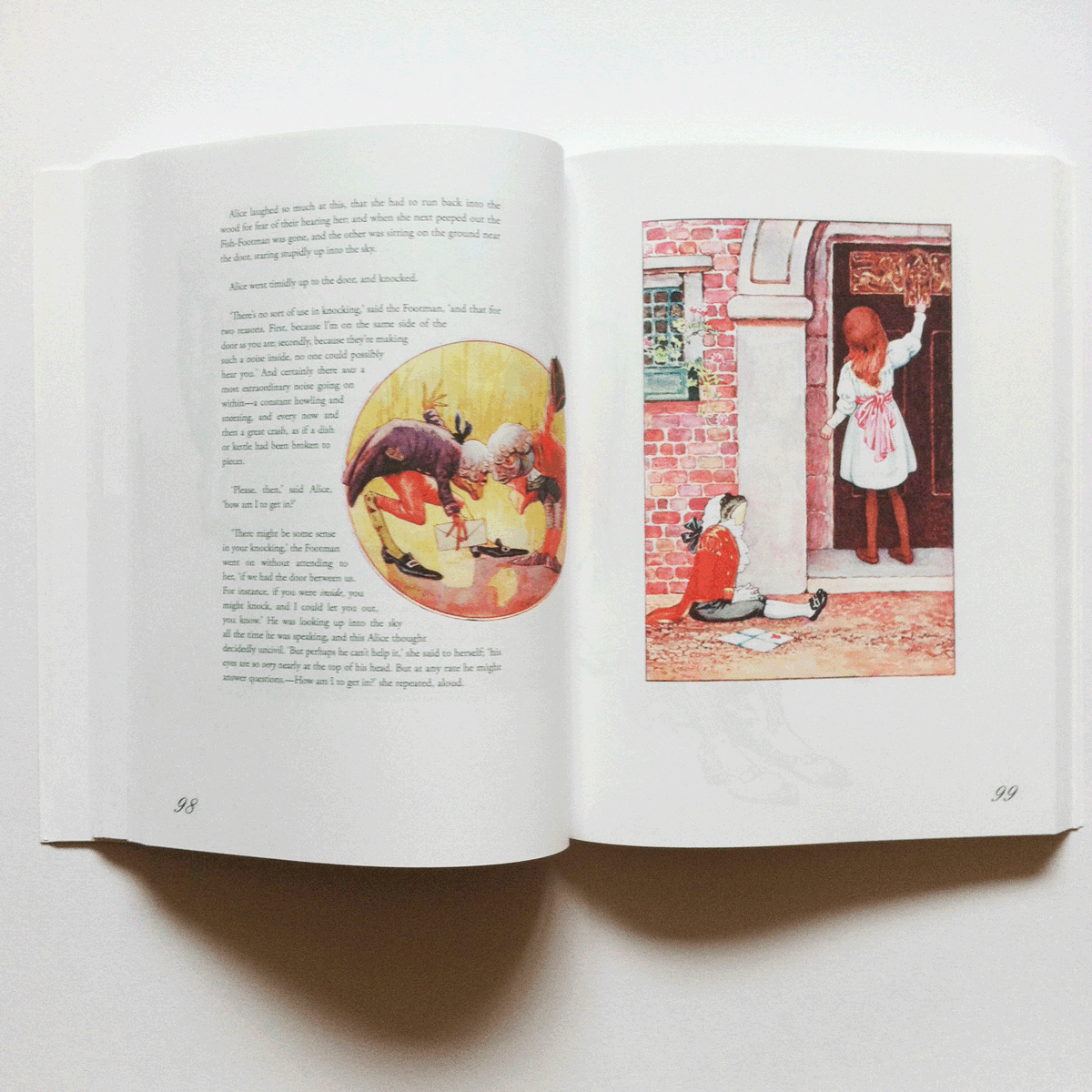
Illustrations by Margaret W. Tarrant and Millicent Sowerby. Alice’s Adventures in Wonderland.
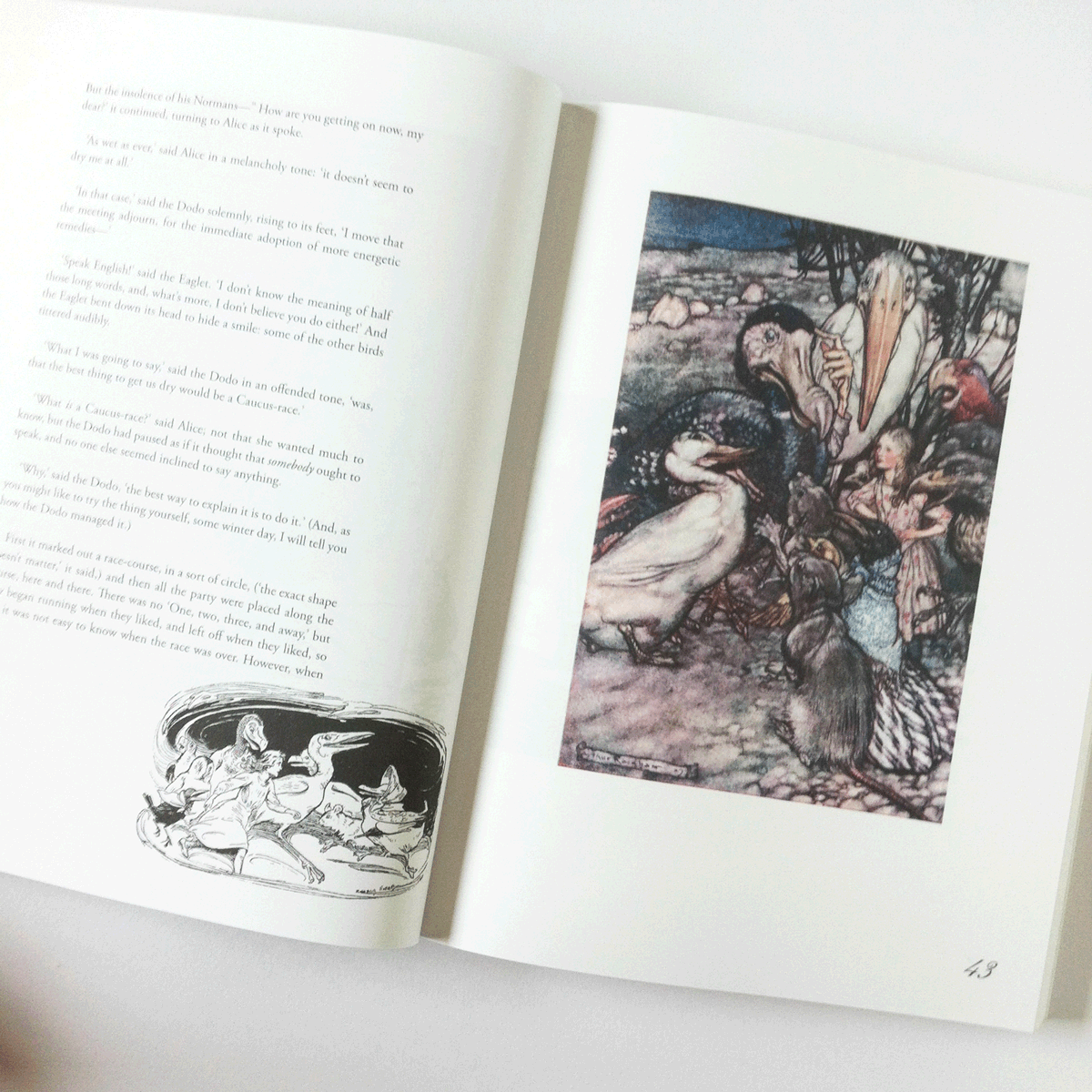
Arthur Rackham illustration. Alice’s Adventures in Wonderland.
Similarly to Tenniel, Rackham portrayed a wonderland which could disturb as often as it enchanted; a dark place depicted in dark hues of brown, greens and greys. These colours were gradually applied in multiple washes, over the strong black ‘India ink’ lines, giving a beautiful and highly ethereal nature to Alice’s imaginary realm. His pictures divided opinion however, forming a significant departure from the more traditional pastel shades and cartoon-esque outlines of other illustrators such as (the later) Mabel Lucie Attwell and A. E. Jackson. Although the latter two artists chose an almost diametrically opposed style to Rackham, it is interesting to note the genesis of ‘Alice Tropes’ as both chose to depict a similar pink and white dress to the one Rackham had drawn. Contrastingly, in this early period, Charles Robinson, Bessie Pease Gutmann and McManus were the only artists who (like Dodgson) depicted Alice with her natural dark hair.
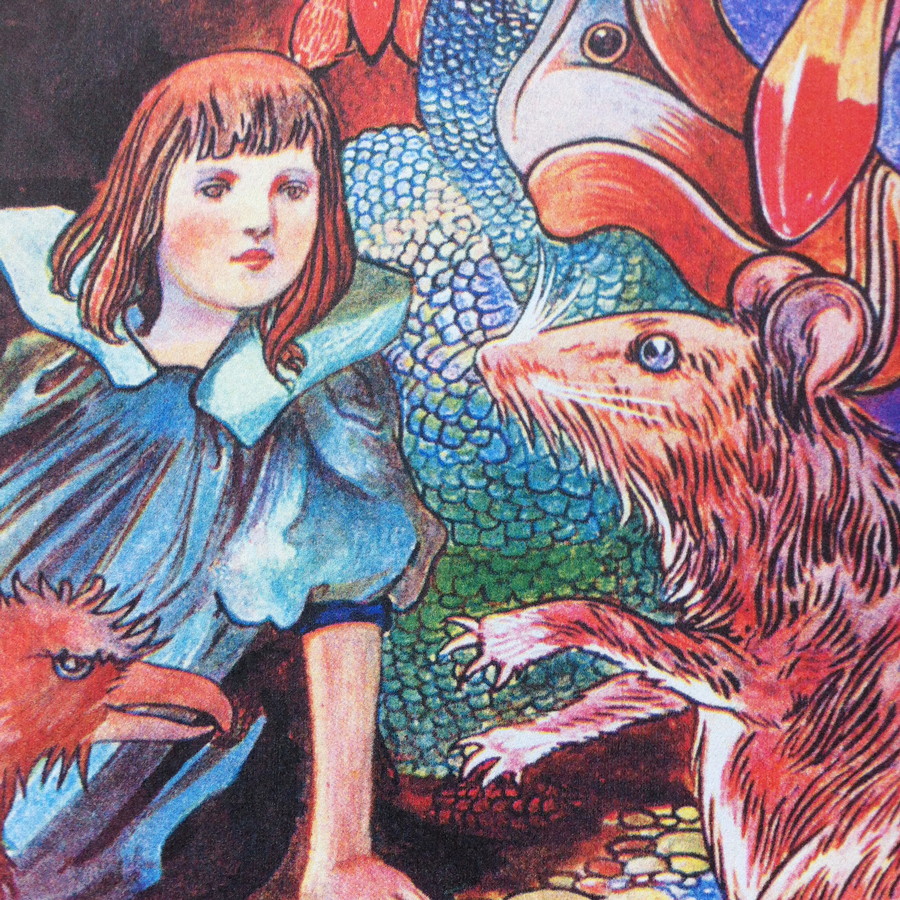
“Ahem!” said the mouse with an important air. Illustration by Charles Robinson. Alice’s Adventures in Wonderland.
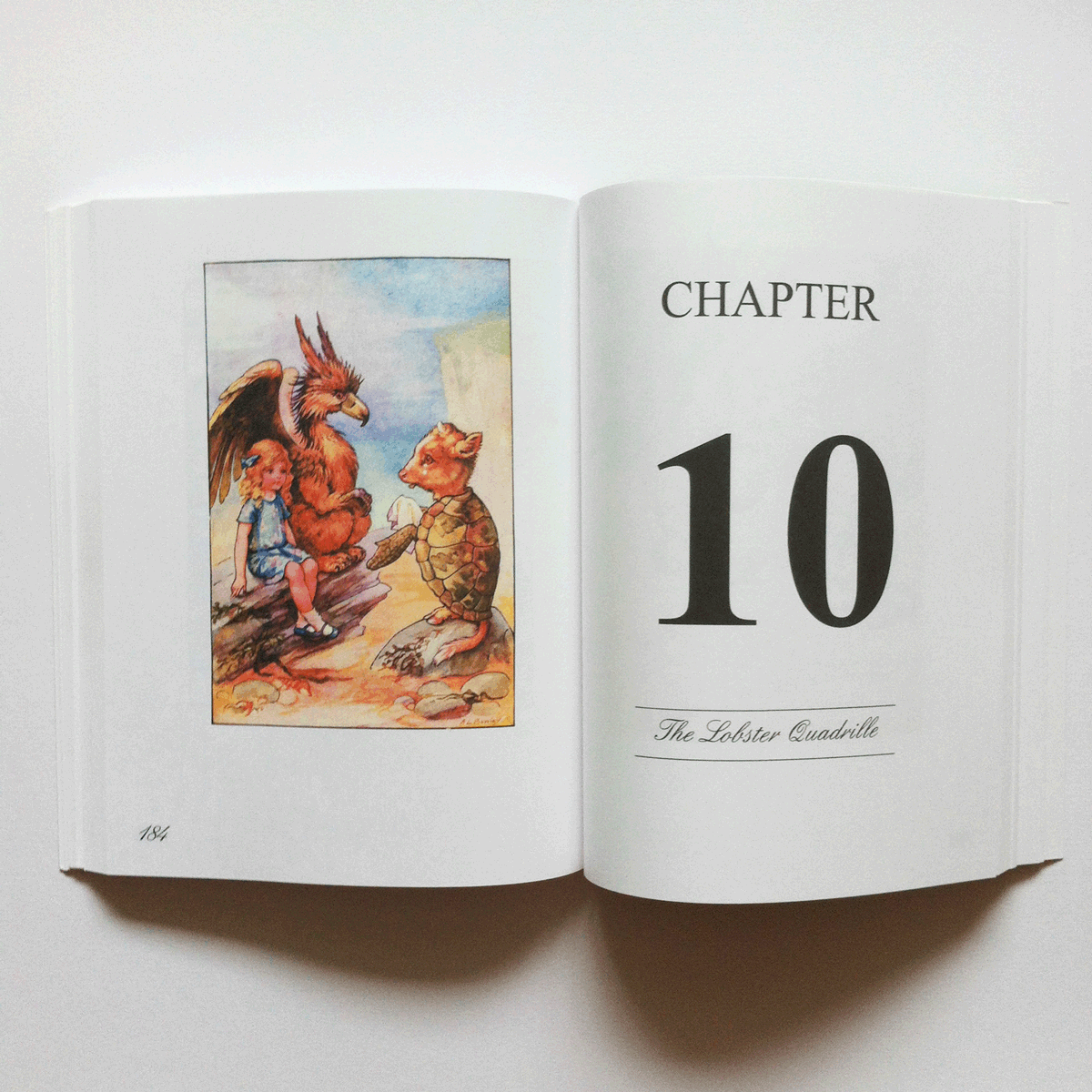
The Mock Turtle’s Story. Illustration by Ada Bowley. Alice’s Adventures in Wonderland.
To this day Alice in Wonderland has remained a steadfast favourite of children and adults alike. This book focuses on the early illustrators of Alice, of which for considerations of space it has only been possible to discuss a limited number, although countless modern artists have created their very own versions as well. This volume brings together a vast array of high quality works of art, from rare and original books, so that the images can be appreciated on their own terms.
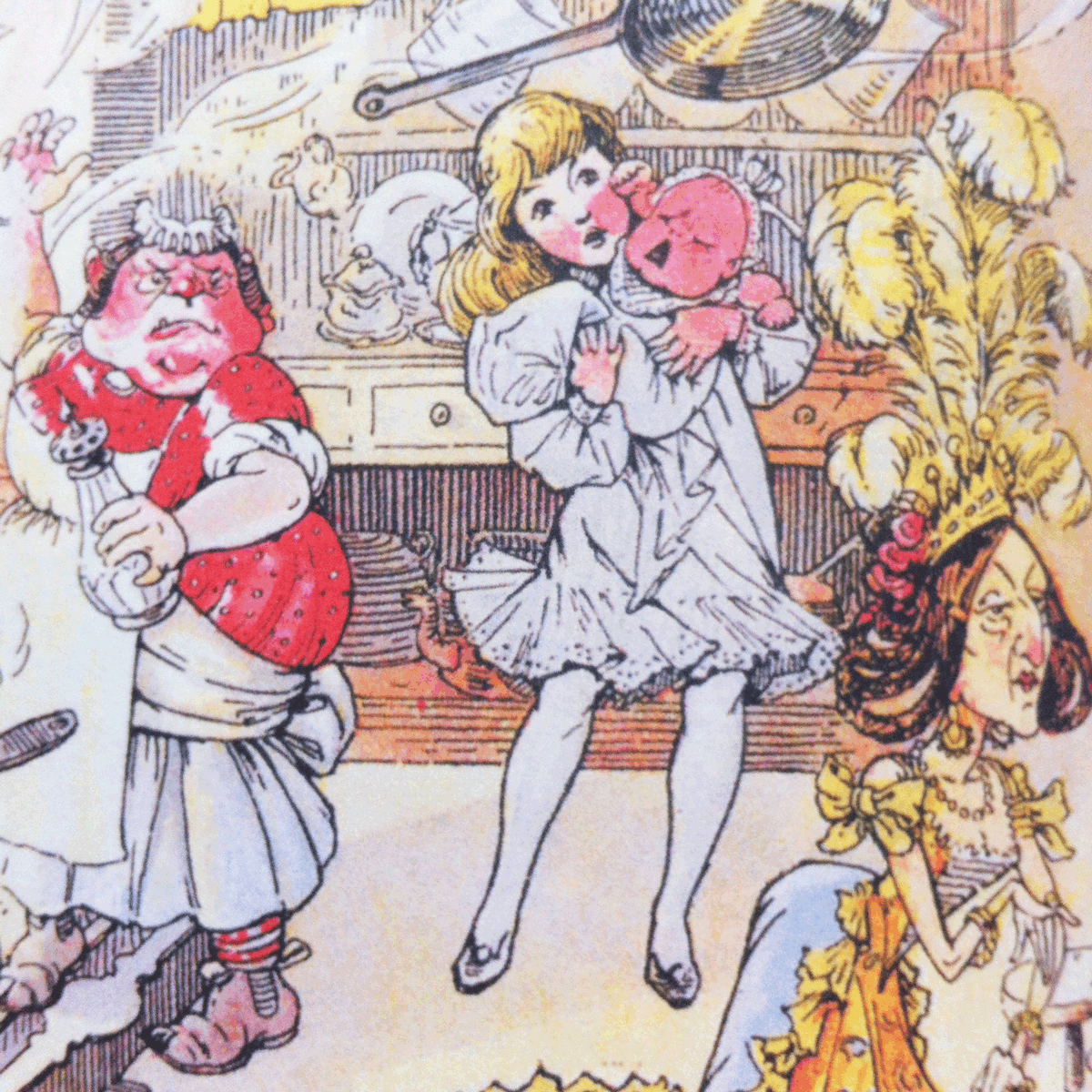
The cook threw a frying-pan after her as she went out, but it just missed her. Illustration by W. H. Walker. Alice’s Adventures in Wonderland.
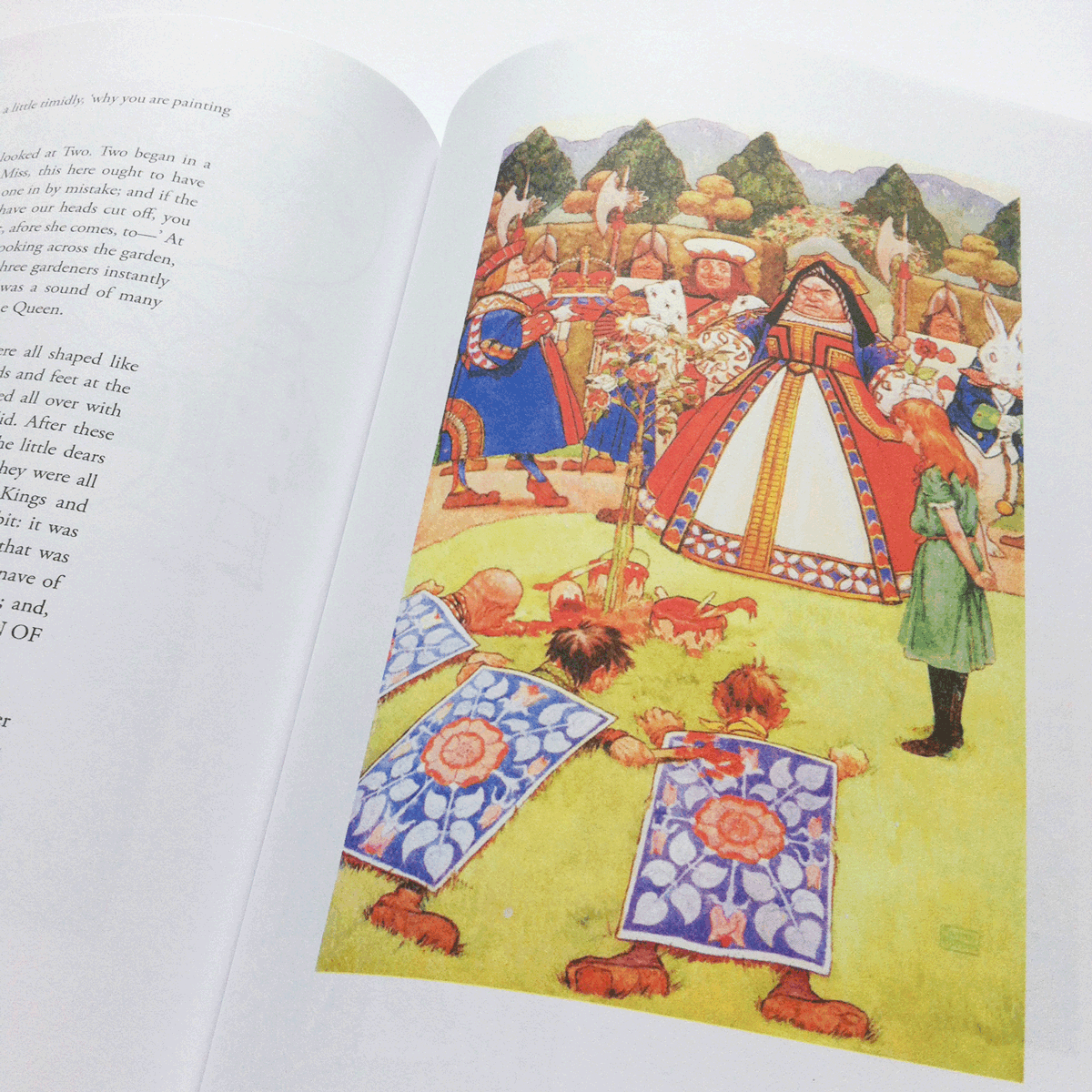
“Who are these?” said the Queen. Illustration by Frank Adams. Alice’s Adventures in Wonderland.
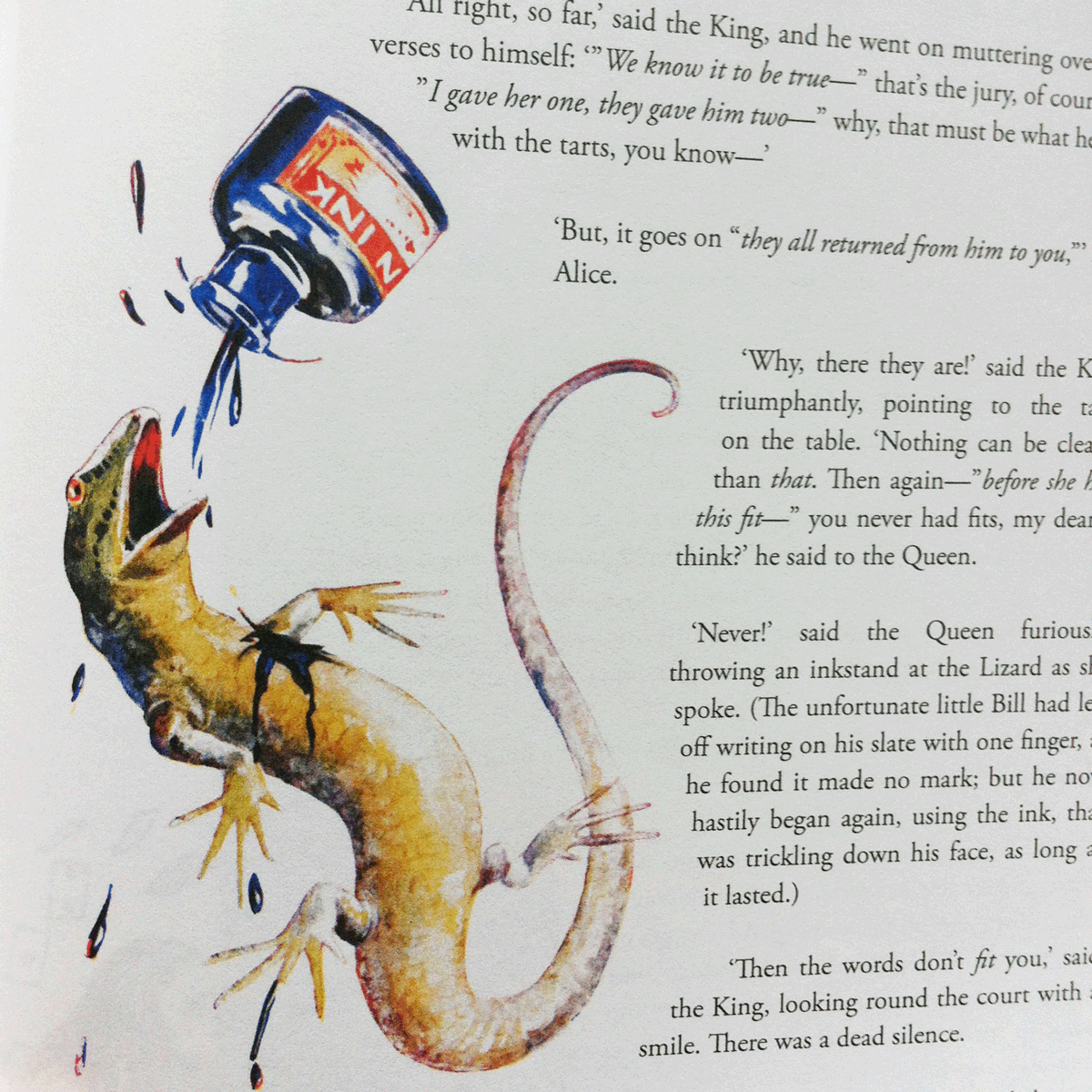
“Never!” said the Queen furiously, throwing an inkstand at the lizard as she spoke. Illustration by Margaret W. Tarrant. Alice’s Adventures in Wonderland.
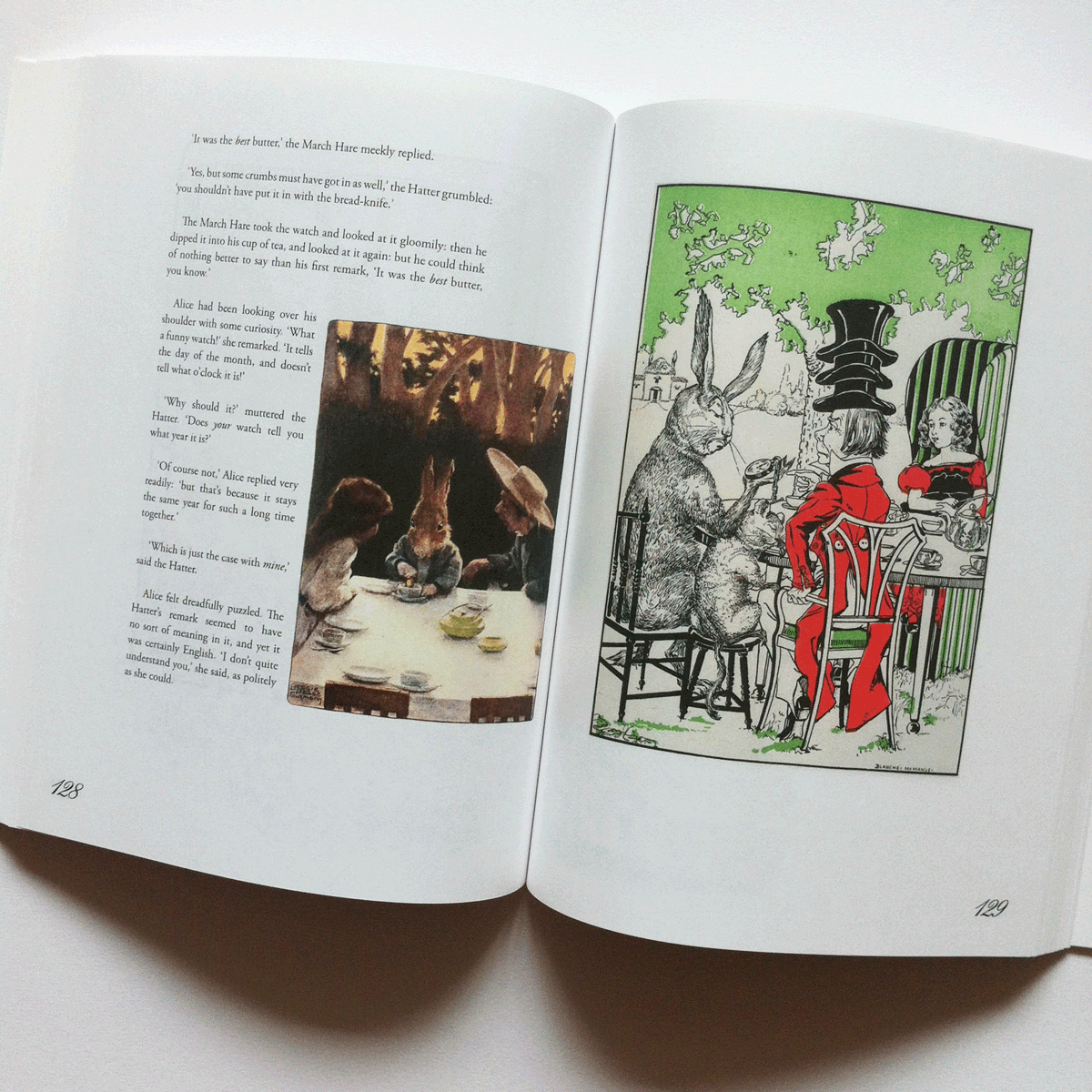
The Mad Hatter’s Tea Party. Illustrations by Bessie Pease Gutmann and Blanche McManus. Alice’s Adventures in Wonderland.


